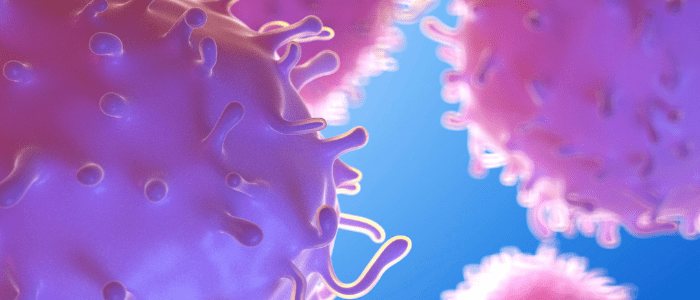HSCs: a safer method of stem cell transplantation?

Researchers from Massachusetts General Hospital and Boston University School of Medicine (both MA, USA) reveal the unique signature expression of HSCs, which could have important clinical applications. The findings have been published in Nature Communications.
While Hematopoietic stem cells (HSCs) are promising when it comes to disease treatment, the mechanisms of engraftment are not well understood. However, researchers have discovered the unique signature of genes expressed by HSCs that are capable of undergoing this process.
The researchers suggested that their findings may allow scientists to expand HSCs outside the body or convert other kinds of stem cells into cells that can repopulate the blood system.
Pre-birth, large numbers of HSCs are found in the liver, where they multiply or proliferate into additional HSCs at a fast rate. Previous animal studies have illustrated that HSCs in the fetal liver are more suitable for engraftment than HSCs from bone marrow.
In order to understand why this is, researchers investigated the gene expression patterns, which are unique to these stem cells. The research team examined the stem cells by utilizing a range of experimental methods to characterize their protein expression and functionality.
Alejandro Balazs – co-senior author and principal investigator at the Ragon Institute (MA, USA) – stated: “this in-depth analysis revealed that these stem cells express a protein on their surface called CD201 that correlates very closely with this engraftment potential and can be used to isolate functional stem cells away from other cell types.”
The researchers suggested that this enhanced understanding may allow scientists to propagate HSCs with high engraftment potential in the lab, and manipulate them to fight blood cell-related conditions more efficiently.
Kim Vanuytsel, lead author of the study and research assistant professor of medicine at Boston University School of Medicine stated: “this work has resulted in a detailed blueprint of the most potent blood stem cells and will lead to a better understanding of why these cells have such an extraordinary regenerative capacity. Such insights will allow us to create safer and more efficient therapies for patients suffering from blood disorders.”
Press release: https://www.massgeneral.org/news/press-release/New-findings-bone-marrow-stem-cell-transplant-patients-with-blood-related-diseases